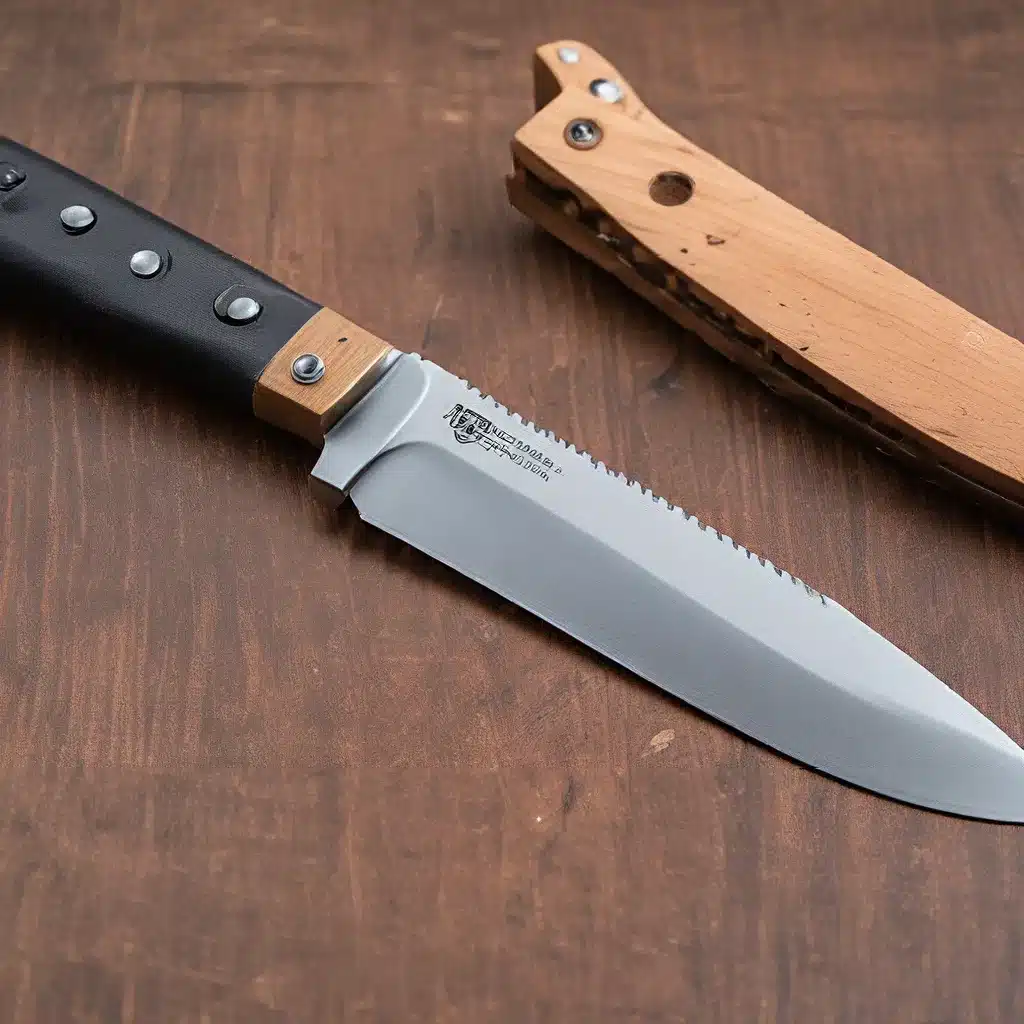
Straight Razor Shaving: A Fascinating Journey
When I first embarked on this journey of learning to shave with a straight razor, I had no idea just how intricate and captivating the world of blade sharpening could be. Like a new airgunner, I found myself navigating a sea of conflicting information, unsure of what to believe. But as I dove deeper, I discovered a whole new realm of precision, technique, and personal growth.
It all started when I realized that the only way to truly test the edge of a blade was to use it for its intended purpose – shaving. So, I set out to conquer the straight razor, determined to experience the foibles and mysteries of a novice firsthand. And let me tell you, it was not an easy road.
I tried vintage blades that had a “great reputation” only to find them nicking and pulling my skin. Then, I thought a brand-new razor from a reputable manufacturer would be foolproof – surely they wouldn’t let something go out the door that wasn’t perfect. Oh, how wrong I was. It wasn’t until I found a razor on eBay, guaranteed to be “shave-ready,” that I finally experienced a comfortable, close shave.
The Importance of Bevel Setting
As I delved deeper into the world of straight razor sharpening, I quickly realized that the single most important aspect was the setting of the bevel. This means getting the precise angle on both sides of the blade, a process that must be done mechanically to prevent mistakes.
I watched videos of blade makers, and they all used the same technique – placing a strip of electrician’s tape over the spine of the razor to prevent wear and maintain the correct angle. This was a revelation to me, as most of the “how-to” articles I had read neglected to mention this crucial step.
The Hunt for the Perfect Edge
Armed with this newfound knowledge, I set out to sharpen my first straight razor. It was a wedge-style blade, one of the most difficult to work with. But with plenty of electrician’s tape on the spine, I was able to establish a bevel on both sides and achieve a shave-ready edge.
From there, I progressed through increasingly fine grits of water stones, from 1000 to an incredible 20,000 grit. The results were astounding – the scratches on the bevel disappeared, and the edge took on a mirror-like shine. I was hooked.
The Allure of Antique Blades
As I continued to experiment and refine my sharpening technique, I made an unexpected discovery: antique Sheffield blades from the 1820-1900 era were producing the best shaves. These blades had a rounded point and design features that I simply couldn’t find in modern straight razors.
I knew I had to have one of these vintage treasures for myself. So, I scoured eBay and forums, eventually acquiring a Swedish blade that has become my absolute favorite. The edge is perfect, and I can even back-shave my neck with it without a single nick.
Mastering the Strop
Of course, sharpening the blade was only half the battle. Mastering the art of stropping was equally crucial. I tried various techniques, from bearing down with force to using almost no pressure at all. It was a revelation to learn that too much pressure can actually dull the blade, as it rolls the fine edge.
My routine now involves 25 strokes in each direction on a cloth strop coated with chromium dioxide paste, followed by 25 strokes on a dry linen strop and 50 on a supple leather strop. After each shave, I repeat the dry linen and leather stropping. This ensures my blades stay razor-sharp and ready for the next shave.
The Knife Dilemma
As I delved deeper into the world of blade sharpening, I couldn’t help but draw parallels to the challenges faced by knife enthusiasts. Just like with straight razors, the keys to a truly sharp knife are proper bevel setting and meticulous stropping.
I was fascinated to learn that reader FrankBpc had sharpened some common steak knives to a razor-sharp edge. Intrigued, I gave it a try myself and was pleasantly surprised by the results. While not as smooth as my best straight razors, the sharpened steak knife removed whiskers with ease.
The Pursuit of Perfection
This journey has been a remarkable one, filled with discoveries, challenges, and a newfound appreciation for the art of blade sharpening. I’ve learned that achieving the perfect edge is an ongoing pursuit, whether you’re dealing with straight razors, kitchen knives, or even hunting tools like broadheads.
As I continue to refine my techniques and explore the world of vintage and custom-made blades, I can’t help but feel a sense of excitement and wonder. There’s always more to learn, more to discover, and more to perfect. And who knows what the future may hold – perhaps I’ll even venture into making my own straight razor.
One thing is certain: this experience has forever changed the way I look at a sharp edge. It’s no longer just a tool, but a work of art, a testament to precision and craftsmanship. And I can’t wait to see where this journey takes me next.
So, if you’re a fellow knife enthusiast, I encourage you to embrace the challenge, explore the possibilities, and discover the joy of a truly sharp edge. Trust me, it’s a world of discovery you won’t want to miss.


